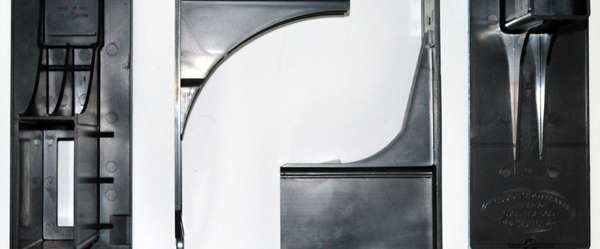By John Doster, president, and owner
SPI Blow Molding LLC
Originally published in the August 2019 issues of The Journal of Blow Molding, a Publication of SPE
Back in 2011, a small group of former automotive engineers and designers came together to bring one specific, innovative idea to life. Last year, 2018, that product – dubbed the Pickup Tuck – earned multiple honors from SPE. It took first place in the Auto/Transportation category of the SPE Blow Molding Division’s Industrial Awards and first place in the Industrial Division Awards, as well as the People’s Choice Award in the Industrial Category. This strong showing qualified it for entry in the ANTEC Plastics for Life Parts competition in Detroit in March, where it won the contest’s Quality of Life Award. This is the story of how that concept came to life, from its invention by automotive engineers, through its design by experts — including consultants from 99Studio Inc. and Garrett Engineering Services — to its manufacture by SPI Blow Molding
Award-Winning Blow Molded Product – An Innovative Idea
Former automotive engineer Jim Todd mocked up a “truck trunk” designed to prevent loose items from sliding to the front of his pickup truck’s bed. Todd made his initial prototypes out of wood and PE sheet and made copies of his invention for interested friends. With help from colleagues, Carl Powell and Russ Sheehan, Todd modified his concept, creating a portable truck-bed barrier made up of plastic panels that can be folded flat and stored in the truck cab when not in use. The panels stretch out across the back of the truck, from the passenger’s side to the driver’s side. To take it to market, in early 2012, the three formed a new company, TSP Enterprises. Powell serves as president and CEO, while Sheehan became VP of prototype and manufacturing engineering and Todd is VP of product concept engineering. Todd’s portable cargo organizer is different from cargo boxes that were already on the market because it is a temporary “trunk” that can be installed and taken down in a matter of minutes without any tools. With the tailgate forming one side, the panels create a box, covering and protecting contents from the elements. The panels corral loose items near the tailgate, preventing them from sliding around the truck bed and making it easy to reach them without having to climb into the bed. If the tailgate is locked, the contents also are secured against theft. Todd, Sheehan, and Powell helped make the prototypes, and TSP worked toward larger volume production of the panels. An award-winning blow molded product is the result.
Looking for the Right Partners
In May 2017, TSP approached SPI Blow Molding, a small custom blow molding company, to get a quote to see if manufacturing the product was feasible. TSP’s challenge was to determine the right manufacturing process and partner to help it build the tools, manufacture the parts and assemble the components cost-effectively. It looked at injection molding, rotational molding and thermoforming before concluding that extrusion blow molding (EBM) would provide the best shot at success. TSP determined that EBM was the right fit because the expected volume would quickly surpass the ability of rotomolding to produce parts cost-effectively. Injection molding would have resulted in parts that had one show side and a lot of structural ribs on the other. Meanwhile, thermoforming didn’t provide the required structural strength. EBM presents the perfect balance of part weight, cycle time, tooling costs and finished part appearance. SPI’s management team recognized the product’s utility and potential, and TSP chose SPI because of the manufacturer’s technical expertise in blow molding flat panels and willingness to partner and provide additional leadership and capital. As part of the companies’ deal, SPI holds an equity position in TSP.
Getting the Manufacturer Involved Early
A key to TSP’s success was getting SPI involved early in the process. The blow molder employs about 32 full-time employees and operates on a 24-hour, five-day-a-week production schedule. It runs a wide variety of resins on 13 EBM machines that can handle shot sizes ranging from 1 pound to 42 pounds. Its portfolio includes products for the agriculture, automotive aftermarket, food and beverage, industrial, marine, medical, military, pet supply, and transportation industries. SPI has also been recognized by SPE for other award-winning blow molded products, including the HDPE Buzz Ball Football game table.
In addition to its blow molded parts, the Pickup Tuck has one injection molded component — a part that’s made by SPI Industries LLC, South Bend, Ind., the custom injection molding division of SPI.
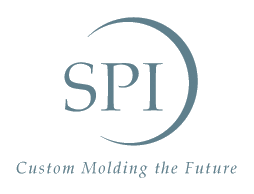
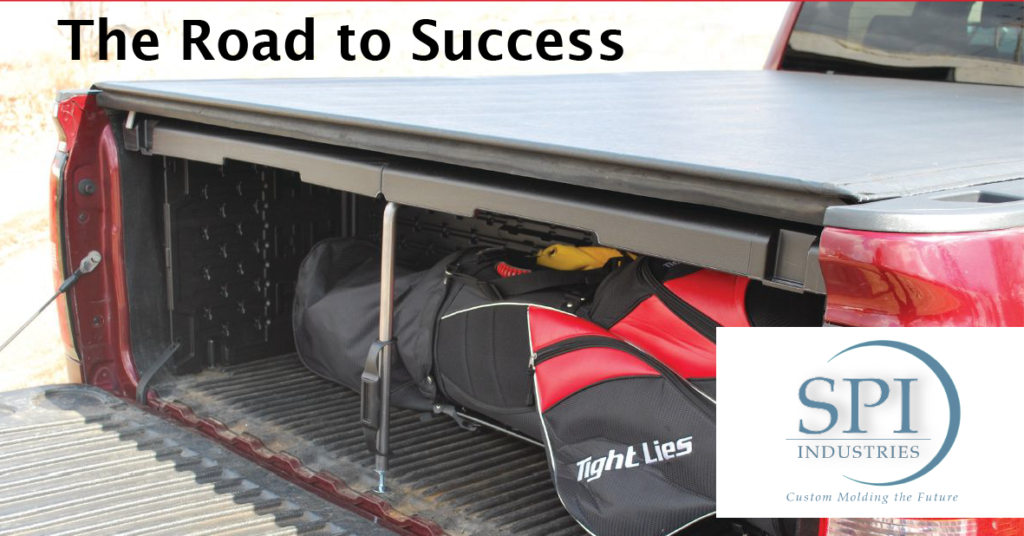
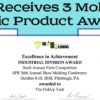


 Is transferring tooling on your to-do list? What would you do if your current blow molding supplier announced they were going out of business next month? How would you find a qualified replacement in a short time frame? The transfer of your tooling assets to a new vendor is mission critical and most OEMs are not prepared for such an unexpected undertaking. Starting from scratch with new tooling is not an option. Locating a company who accepts transfer tooling, has the capacity to meet your production while maintaining quality control standards is like finding a unicorn.
Is transferring tooling on your to-do list? What would you do if your current blow molding supplier announced they were going out of business next month? How would you find a qualified replacement in a short time frame? The transfer of your tooling assets to a new vendor is mission critical and most OEMs are not prepared for such an unexpected undertaking. Starting from scratch with new tooling is not an option. Locating a company who accepts transfer tooling, has the capacity to meet your production while maintaining quality control standards is like finding a unicorn.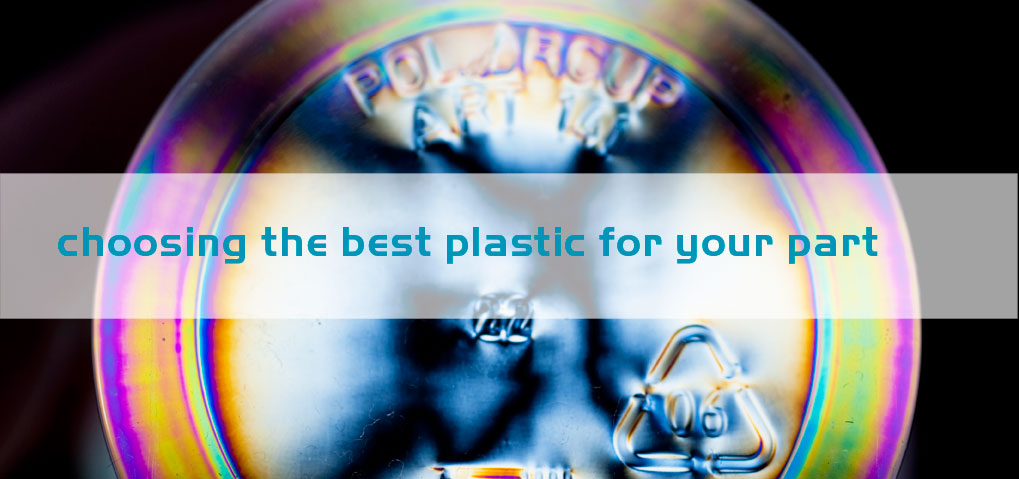 When you’re trying to choose the best kind of plastic for your new plastic mold you’re going to discover there are dozens of options to choose from. The plastics research phase can be quite confusing and overwhelming. The plastic you end up choosing for your new mold will depend upon the ways in which you’ll be using your plastic product or plastic component. The
When you’re trying to choose the best kind of plastic for your new plastic mold you’re going to discover there are dozens of options to choose from. The plastics research phase can be quite confusing and overwhelming. The plastic you end up choosing for your new mold will depend upon the ways in which you’ll be using your plastic product or plastic component. The 


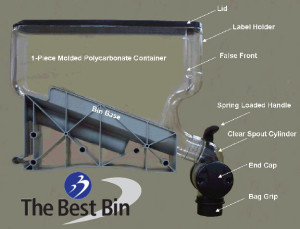



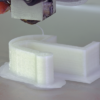

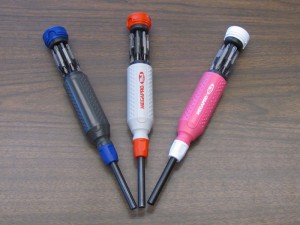
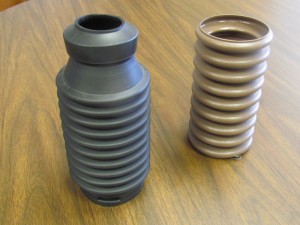
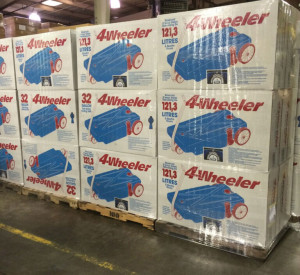 ve been produced they may then be packaged and delivered to your facility for assembly and further distribution, or could be delivered directly to your customers. Discuss in detail your overall need for assistance with any and all steps in the manufacturing process.
ve been produced they may then be packaged and delivered to your facility for assembly and further distribution, or could be delivered directly to your customers. Discuss in detail your overall need for assistance with any and all steps in the manufacturing process.